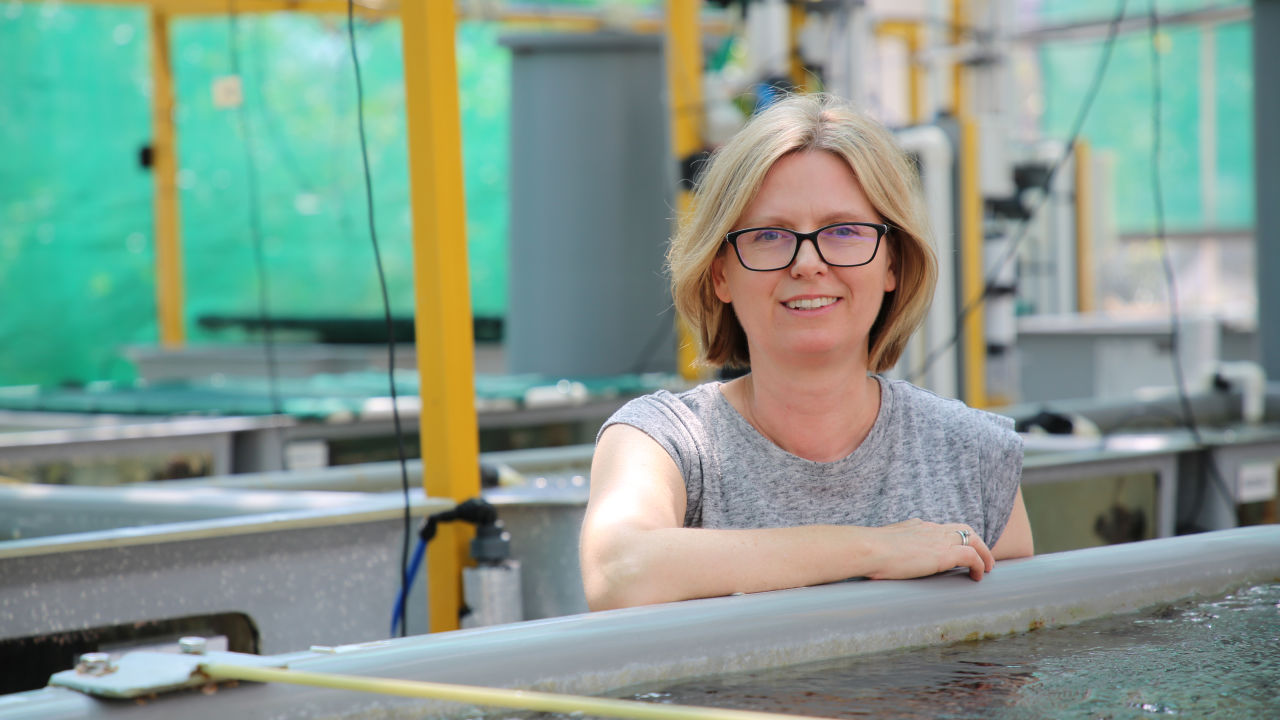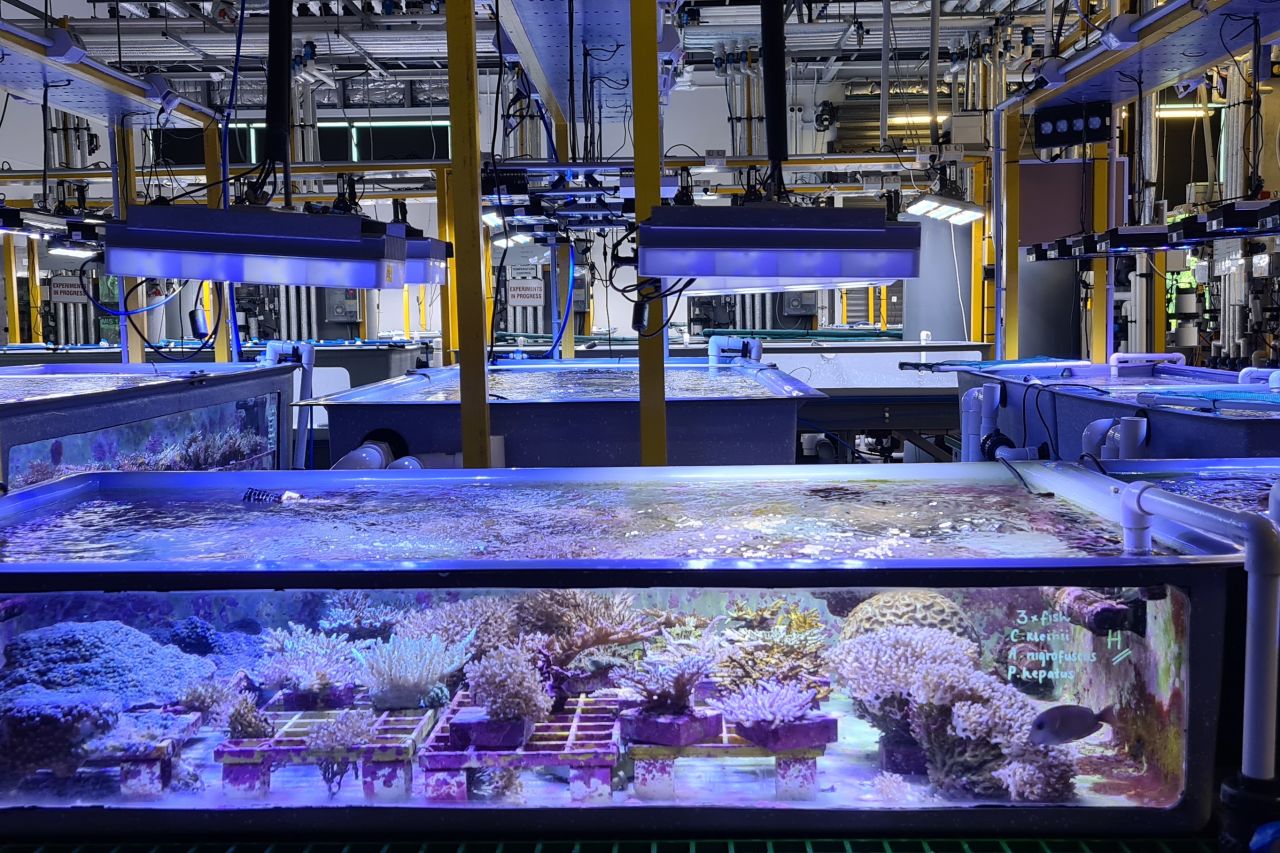People of the Reef ·
Lone Høj: ‘Working alongside an amazing team of scientists inspires me every single day’
From the icy Arctic wetlands of Norway to the tropical Great Barrier Reef, Lone’s love for natural ecosystems has led to a globe-trotting career in fundamental and applied research science.

Every single coral on our Great Barrier Reef contains a diverse community of hundreds of thousands of unique types of microbes - from bacteria and fungi to viruses and other tiny organisms that live inside their bodies.
The relationships between coral animals and their microbes are critical for their survival, but there’s so much we don’t yet know.
Addressing these knowledge gaps drives Dr Lone Høj’’s research as a microbial ecologist at the Australian Institute of Marine Science.

Every coral contains a community of thousands of types of microbes. Credit: Ellen Cuylaerts, Ocean Image Bank
Just like in humans, we know that the balance between good and bad microbes is often disrupted in corals during times of stress. Research has further revealed that corals too can be given probiotics to increase their health and resilience to environmental stresses caused by climate change, like rising water temperatures.
Now, Lone and her team are exploring how targeted probiotic treatments can help to enhance baby coral settlement, health, growth and resistance to disease. By developing new types of probiotics and feeding techniques in their specialised National Sea Simulator facility, they aim to support the future mass-production and deployment of large numbers of healthy corals onto damaged reefs.

Young corals growing inside the specialised aquarium facility at the Australian Institute of Marine Science. Credit: Katrina Garvin, GBRF
While Lone’s focus is now on corals, people are often surprised that her career took root in a very different environment, thousands of kilometres away in the icy Arctic.
Growing up on the west coast of Norway, Lone began her career researching and studying the delicate intricacies of Arctic wetland ecosystems.
“Just like our Reef, they too are undergoing huge changes due to climate change,” she says.
“My work as a microbial ecologist has now spanned from polar to tropical climate zones and across natural and man-made systems.”
Lone first visited the Great Barrier Reef as a backpacker in 1999, on a snorkelling trip to the beautiful John Brewer Reef, off Townsville. Twenty years on from that first visit she continues to be inspired by the incredible coral animal.

A snorkelling trip to John Brewer Reef helped to inspire Lone’s love of coral reefs. Credit: Matt Curnock, Ocean Image Bank
She says what makes the Great Barrier Reef so special is not only the relationships of the coral animals and their microorganisms, but the sheer geographical span and connectivity of the entire Reef ecosystem.
“The evolution of these ecosystems and relationships has taken millions of years. It’s incredible to witness, research and hopefully make a difference to Reef health in the future.”
Lone's work is part of the Reef Restoration and Adaptation Program, funded by the partnership between the Australian Government's Reef Trust and the Great Barrier Reef Foundation. The Life-Space Reef Probiotics Project is funded by Life-Space.




